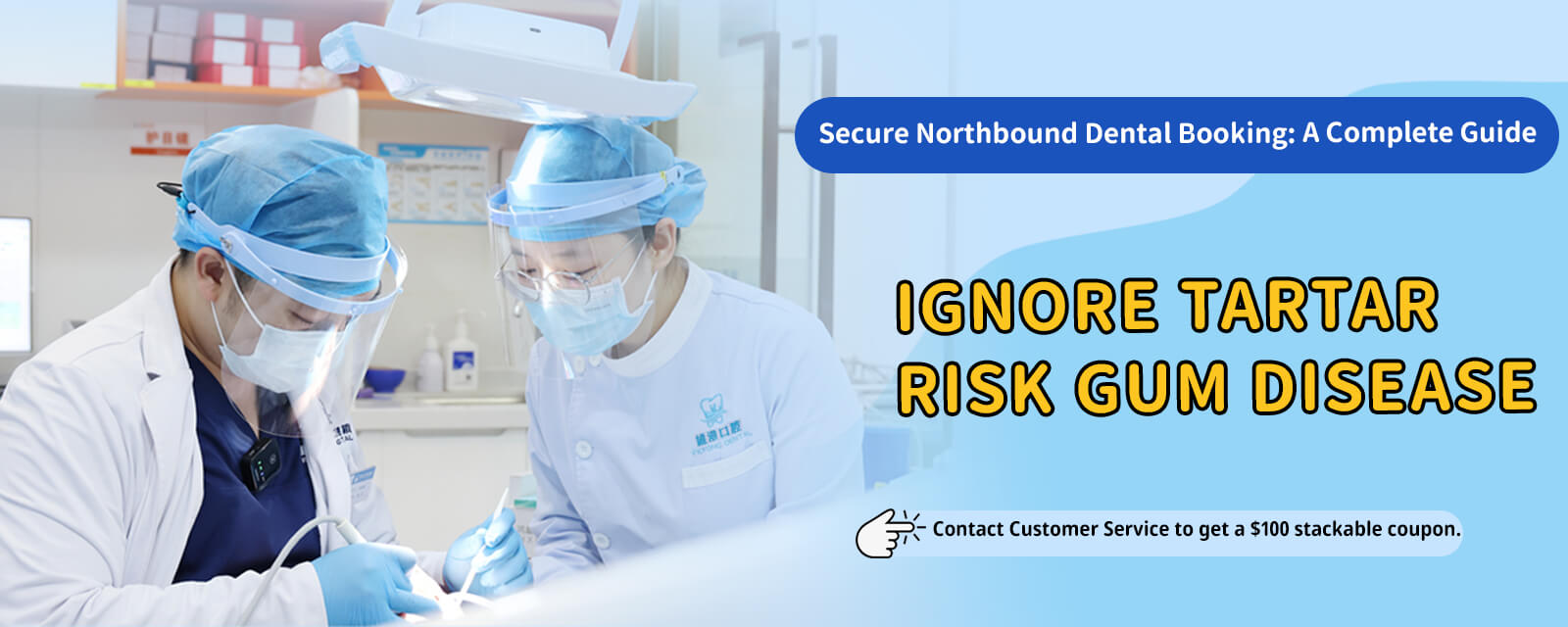**Does Dental Implant Pricing Differ for Upper and Lower Jaws in the Mainland?**
In recent years, many Hongkongers have considered "heading to the mainland" for dental treatments, including popular procedures like dental implants in cities such as Shenzhen and Guangzhou. This trend is largely due to the diverse options available, mature techniques, and different service models compared to Hong Kong. A common question among those planning to travel north is whether the cost of dental implants varies based on the position of the upper or lower jaw.
**Differences Between the Upper and Lower Jaw**
Understanding the anatomy of the upper and lower jaws is crucial for dental implants. The lower jawbone is typically denser and harder, which can make implants more stable in certain situations. In contrast, the upper jawbone is relatively softer and located near the sinus, sometimes requiring additional checks and evaluations before surgery. In Hong Kong, dentists might explain how the quality of the jawbone impacts the implantation procedure, duration, and method.
**Surgical Complexity and Procedure Variations**
While the basic concept of dental implantation remains unchanged across jaw types, differences in bone density and vascular distribution can lead to variations. For instance, if the upper jaw lacks sufficient bone volume, mainland dentists might recommend procedures like "bone grafting" or "sinus membrane elevation" to enhance implant stability. Large-scale bone augmentation is rare for lower jaw implants, though some adjustments might still be necessary.
**Service Models at Mainland Dental Clinics**
Many Hongkongers appreciate the "flexible scheduling" offered by mainland dental clinics, as some major chains are open early and late, including holidays. Clinics usually host a variety of dental specialists who conduct thorough examinations, including X-rays and oral CT scans, to assess your bone quality and gum health before planning procedures for either jaw. Such preliminary steps are vital for ensuring safe and effective treatments.
**Pricing: How It’s Calculated**
While there are discussions suggesting that implant costs might reflect the complexity of different jaws, mainland pricing models typically consider factors like the brand of the implant system, surgical difficulty, additional grafting materials, and restoration materials. This m

eans the cost difference for the same patient having implants in the upper and lower jaws is mostly driven by procedural and material choices rather than the jaw position itself.
**Factors Affecting Overall Costs**
Beyond jaw differences, several additional factors may influence the total cost of dental implants in the mainland:
1. **Implant System Brand**: International, Asian, and domestic brands vary in material costs.
2. **Crown Material**: Porcelain, metal-ceramic, and zirconia crowns come with different properties and cost differences.
3. **Dentist Expertise**: Fees may differ between seasoned implant specialists and junior dentists.
4. **Surgical Accessories**: The need for graft materials, membranes, and other supporting tools can modify costs.
**Post-Surgery Care**
Regardless of jaw type, post-operative care is vital for success. Mainland clinics typically offer guidelines for post-surgery practices such as avoiding hard foods, maintaining oral hygiene, and scheduling regular follow-up appointments. Some clinics may also use cross-border communication software to keep in touch while youre back in Hong Kong.
**Preparing for Mainland Dental Implants**
If youre planning to head north for dental implants, start with a preliminary check-up in Hong Kong, obtain X-rays and CT data, and share them with the mainland clinic. This saves evaluation time and helps the dentist understand your oral health faster. Make sure to inquire about the specific implant steps for each jaw, and if both jaws require implants, ask whether phased treatments are possible.
**Conclusion**
Heading north for dental implants is a choice many Hongkongers have made recently, but whether prices differ for upper and lower jaws isnt a straightforward determination. Usually, cost discrepancies arise from surgical complexities, materials, and additional technical demands rather than jaw position alone. Given the unique bone characteristics of the upper jaw near the sinus, additional interventions might be necessary, while the lower jaw tends to entail a more direct approach. Regardless of the jaw, selecting a qualified dentist and ensuring proper post-surgery care are keys to successful and long-lasting dental implants.
Equip yourself with sufficient information to choose the optimal plan for your mainland dental journey, ensuring peace of mind and security.

























